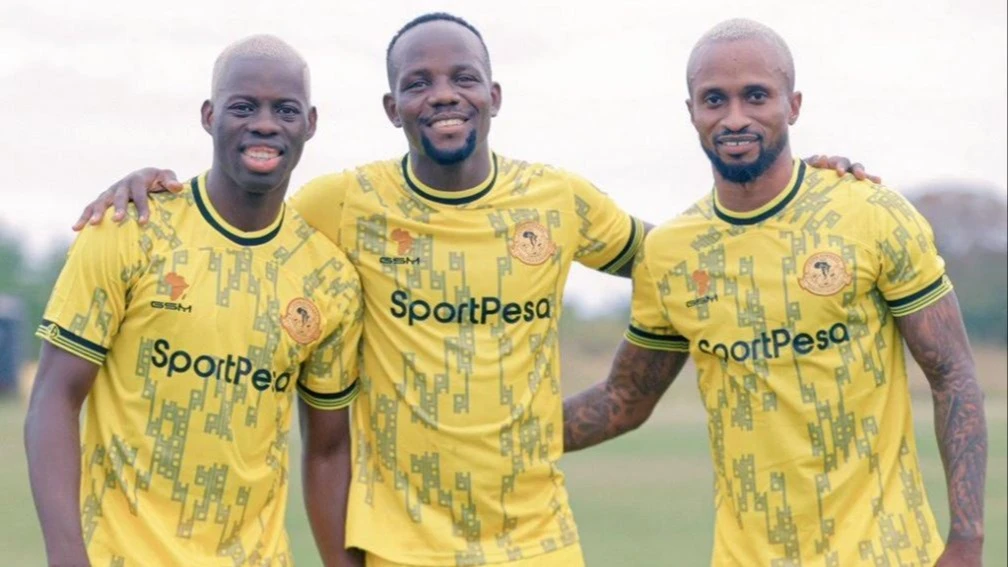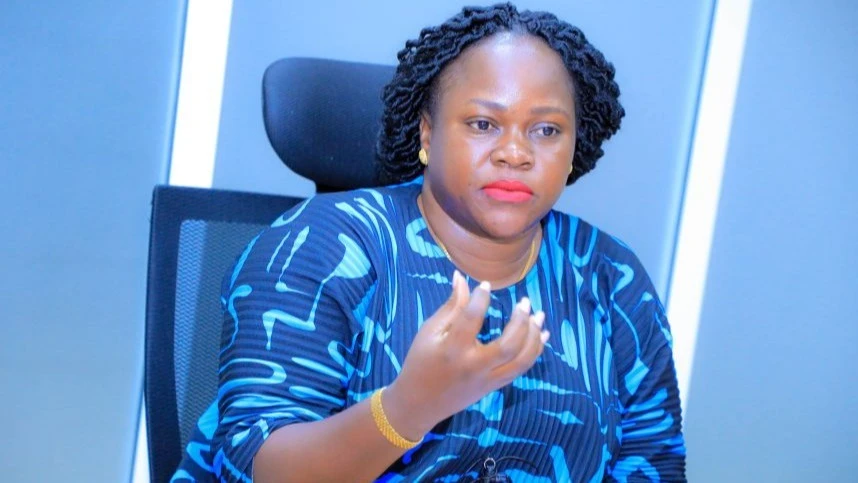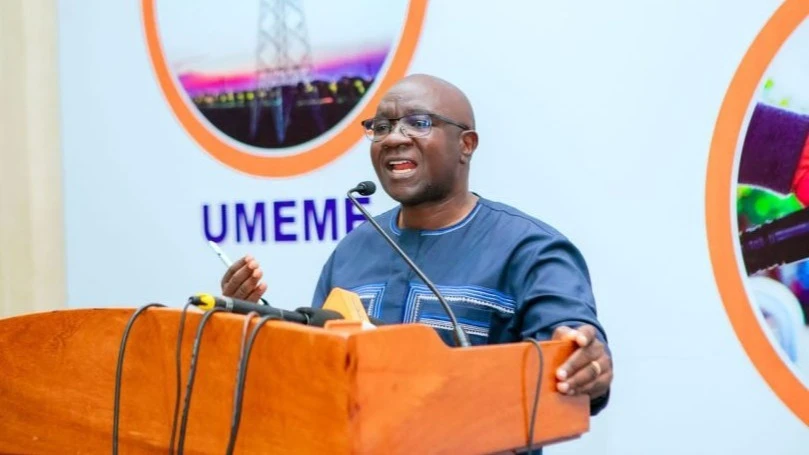Gamondi finally resolves Yanga’s midfield conundrum with tactical finesse

MANAGING a team filled with high-level stars is a delicate balancing act, especially for Young Africans Sports Club (Yanga) head coach Miguel Ángel Gamondi, who has the task of not only rotating his squad effectively but also keeping his players content. With star players like Stephane Aziz Ki, Clatous Chama, and Pacome Zouzoua, this balancing act becomes even more challenging, particularly in the attacking midfield, where all three players excel.
At the start of the season, fans and analysts alike speculated about how Gamondi would juggle these talents. Each player brings unique qualities to the table and has earned a call-up to their respective national teams: Chama represents Zambia, Zouzoua hails from Ivory Coast, and Aziz Ki features for Burkina Faso. With their undeniable skill sets, the concern was how Gamondi could keep them all engaged and productive without creating friction within the squad.
So far, Gamondi has managed this conundrum with tactical finesse. Instead of forcing all three players into the starting XI every week, he has opted to rotate them according to the specific demands of each match. This approach has allowed Young Africans to benefit from each player’s strengths while maintaining a harmonious team dynamic.
Aziz Ki, for instance, has been a standout performer in the Premier League, racking up three assists and becoming the club’s top assist provider so far. His creativity and vision, especially in the final third, have been instrumental in breaking down opposition defenses. In contrast,
Chama is known for his calmness under pressure, particularly inside the penalty box, where his composure can turn tight games in Young Africans’ favour. Zouzoua, on the other hand, brings an element of speed and energy to the midfield, making him a crucial asset in games where quick transitions and pace are required.
Gamondi’s tactical flexibility has been key in utilizing these players effectively. Some matches call for Chama’s experience and ability to dictate the tempo, while others require Zouzoua’s directness and energy. There are also games where Aziz Ki’s ability to create chances from set pieces or open play becomes vital.
For instance, in Young Africans’ dominant 4-0 win against Burundi’s Vital’O in the CAF Champions League qualifiers, Gamondi started all three attacking midfielders, using their combined talents to overwhelm the opposition.
However, it’s not uncommon for teams to possess a wealth of talent in one position, as seen during Chama’s time at Simba SC. At the time, Chama played alongside stars like Luis Miquissone, Bernard Morrison, and Rally Bwalya. The challenge for Gamondi is similar to what Simba faced during their 2021 CAF Champions League campaign, where they fielded several attacking talents, most notably in their 4-1 victory over AS Vita Club in Dar es Salaam.
As the season progresses, it’s likely that Gamondi will continue to rotate his midfield trio based on the opposition. For mid-table teams in the Tanzanian Premier League or Federation Cup matches, he may opt to field all three simultaneously, especially when Young Africans are expected to dominate possession and create numerous chances. This strategy allows the team to unlock stubborn defenses while providing each player with valuable game time.
However, when it comes to the CAF Champions League, a more cautious approach may be required. Young Africans have been drawn into a tough group featuring African giants like Egypt’s Al-Ahly SC, Tunisia’s Espérance Sportive de Tunis, South Africa’s Mamelodi Sundowns, and DR Congo’s TP Mazembe. In such matches, Gamondi will need to carefully balance his squad, ensuring that the team is not only potent in attack but also solid defensively.
Playing all three attacking midfielders in these high-stakes matches could be risky, especially when facing teams that excel in both offensive and defensive transitions. While Chama, Zouzoua, and Aziz Ki are all excellent in their own right, none of them are particularly known for their defensive prowess. Gamondi will need to prioritize balance in the lineup, particularly in games where pressing and defensive solidity are crucial.
For instance, against teams like Morocco’s Raja Casablanca and Egypt’s Pyramids FC, Young Africans may require a more disciplined approach, utilizing a defensive midfielder who can support the backline while allowing one or two of the attacking stars to shine. Gamondi’s ability to adapt his tactics based on the opposition will be critical in ensuring Young Africans’ progression in the CAF Champions League.
Young Africans’ squad depth this season, bolstered by key signings, has given Gamondi more options, but it also raises expectations. The club’s ambition is to not only dominate domestically but also make a lasting impression on the continental stage. After leading Young Africans to the CAF Champions League group stages for two consecutive seasons now, Gamondi will be expected to take the team even further in the CAF Champions League this season.
However, success in Africa’s competition requires more than just talented players it demands a well-rounded squad capable of performing under pressure.
Young Africans’ participation in the CAF Champions League presents both a challenge and an opportunity. The introduction of players like Aziz Ki, Chama, and Zouzoua has undoubtedly elevated the team’s level, but the club must continue to strengthen its squad if it hopes to regularly compete with the continent’s best. Yearly improvements in the transfer market, coupled with tactical evolution, will be necessary to keep pace with Africa’s top clubs.
Ultimately, Gamondi’s ability to manage his stars and rotate his squad effectively will be crucial in determining Young Africans’ success this season. While keeping all his players happy may be a challenge, his tactical approach has so far proven to be effective. The real test will come in the CAF Champions League, where Young Africans will need to be at their very best to compete with Africa’s elite.
Top Headlines
© 2024 IPPMEDIA.COM. ALL RIGHTS RESERVED
























